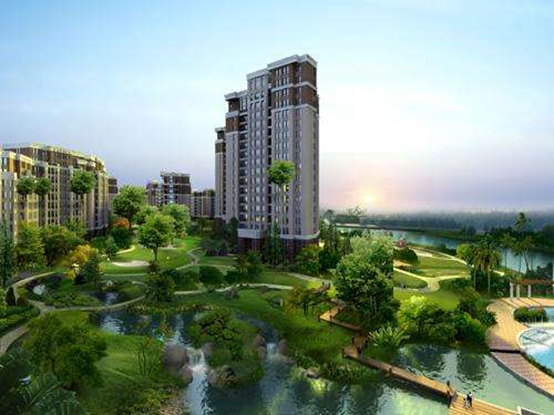Green building Conceptually, green building provides maximum health (energy saving, land saving, water saving, material saving), environmental protection and pollution reduction throughout the life cycle of the building, providing people with health, application and efficiency. The use of space, a building that is in harmony with nature.
Green buildings should follow the principles of local conditions, combined with the climate, environment, resources, economy and culture of the building's location, and provide five categories of indicators: safety, durability, health and comfort, convenient living, resource conservation and environmental livability throughout the life of the building. Comprehensive evaluation of performance
The classification of green buildings is divided into three-star, two-star, one-star and basic grades from high to low.
The interior layout of the green building is very reasonable, minimizing the use of synthetic materials, making full use of the sun, saving energy and creating a feeling of being close to nature for the occupants. With the goal of coordinated development of people, architecture and the natural environment, we will use natural conditions and artificial means to create a good and healthy living environment, while controlling and reducing the use and destruction of the natural environment as much as possible, fully reflecting the nature. The balance between demand and return.
Characteristics of Green Buildings Conceptually, green buildings mainly contain three points:
First, energy conservation is mainly to reduce the waste of various resources.
Second, to protect the environment, the emphasis is on reducing environmental pollution and reducing carbon dioxide emissions.
Third, to meet the requirements of people's use, to provide people with "healthy", "applicable" and "efficient" use space.


